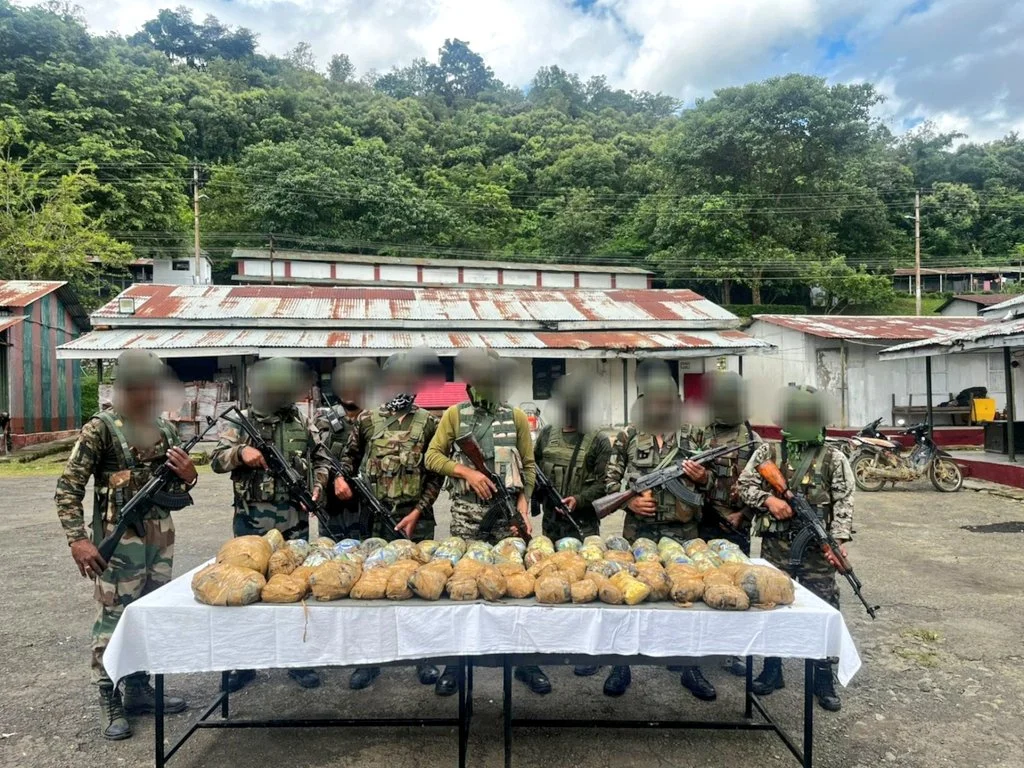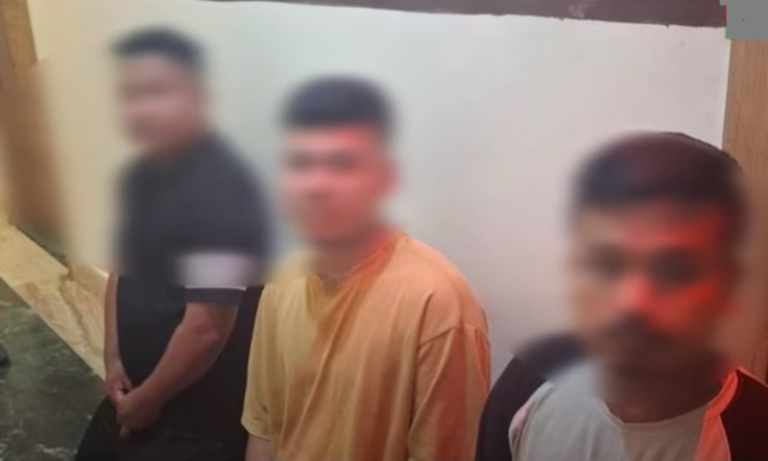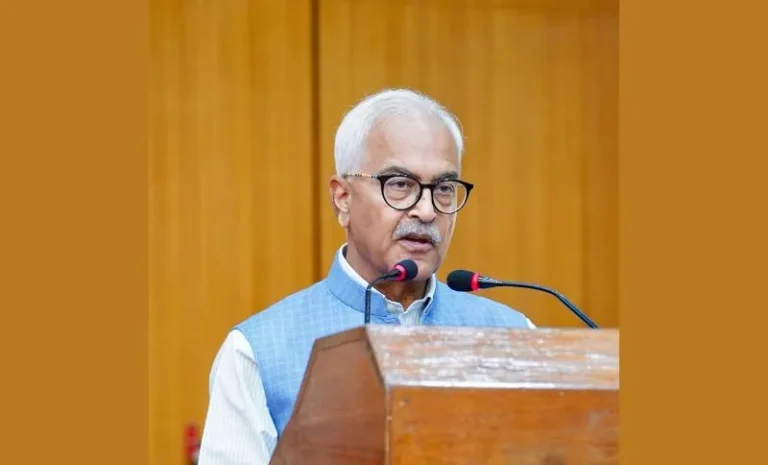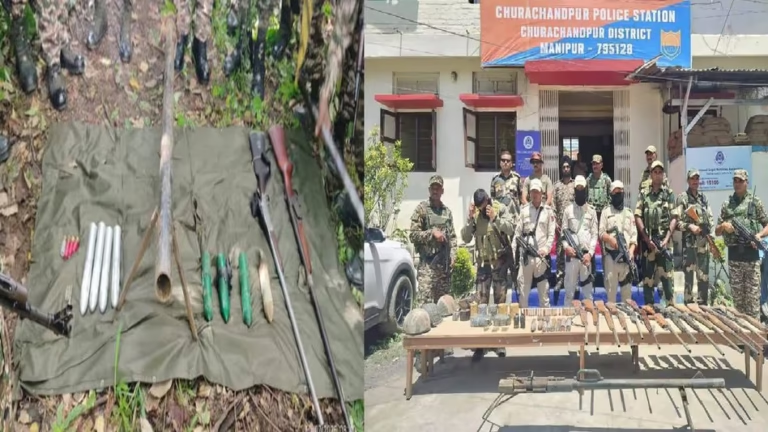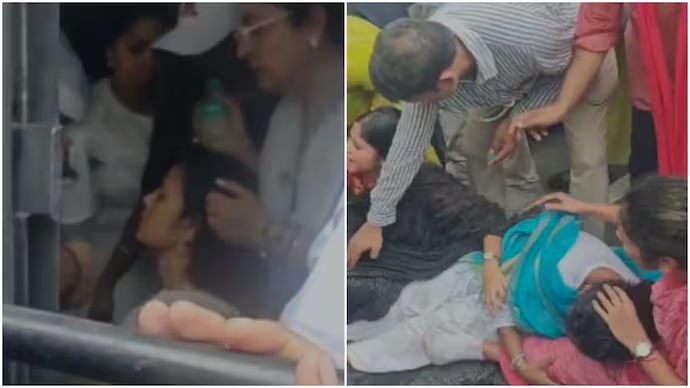Security Forces Apprehend Militants, Recover Weapons and Explosives in Joint Operations Across Manipur
Between August 31 and September 6, coordinated joint operations by the Army, Assam Rifles, Manipur Police and other security agencies carried out a series of search-and-seize missions across districts in Manipur that led to the arrest of suspected militant cadres and the recovery of weapons, ammunition and explosives, according to local reporting. These actions were presented by authorities as intelligence-led moves to disrupt illegal armed networks and curb extortion, IED caches and other war-like stores that fuel violence in the state.
What the recent operations were, and what reporters say
According to reporting by Northeast Today, security forces conducted a string of joint operations across multiple districts of Manipur during the period August 31–September 6, resulting in arrests and recoveries of arms and explosives. The report frames these as intelligence-driven operations carried out by combined teams of the Army, Assam Rifles, state police and other agencies. The goal, officials say, was to disrupt militant logistics and curtail extortion and other illicit funding that enable armed groups to operate.
These operations fit a pattern seen across 2024–2025 in which coordinated raids have repeatedly uncovered significant caches — ranging from assault rifles and pistols to IEDs, grenades and communication equipment. National outlets have also highlighted similar large recoveries in earlier operations, underlining that the recent round is part of a sustained security campaign. For instance, previous joint ops in the valley and hill districts have yielded dozens of weapons, IEDs and war-like stores.
What was found (the headline items) — weapons, ammo, explosives
When reports say “weapons and explosives,” they mean a variety of items that significantly enhance the operational capability of armed groups:
Ammunition and war-like stores: Large numbers of rounds, magazines, radio sets, batteries and jungle survival gear have been documented in past recoveries — items that indicate stored logistics rather than just a “one-off” cache.
Firearms: Reports from earlier and related operations list AK-series rifles, INSAS/SLR types, carbines and pistols among the seizures. These are the sort of small arms that can sustain hit-and-run attacks or heavier firefights.
Improvised Explosive Devices (IEDs) and grenades: IEDs and crude grenades have been repeatedly recovered in Manipur operations; their presence raises the stakes because IEDs can be used for ambushes, disruption of movement and intimidation of civilians.
FAQs
Q1: Were these operations carried out only by the Army?
A1: No. Reports indicate these were joint operations involving the Army, Assam Rifles, state police and other agencies — a mix that helps combine military mobility with local policing and legal follow-up.
Q2: How big were the weapon caches that were found?
A2: Size varied by operation. Recent reporting shows recoveries ranging from single caches with a few firearms to much larger hauls (dozens of weapons, multiple IEDs and huge amounts of ammunition) in previous coordinated sweeps. Exact counts differ by incident and by reporting outlet.
Q3: Do these seizures mean the insurgency is weakening?
A3: Not necessarily. Seizures degrade capabilities temporarily, but whether the insurgency is weakening depends on follow-up: prosecutions, disruption of financing networks, community outreach and border control measures. Seizures are necessary but not sufficient.
Q4: Is cross-border movement from Myanmar a major factor?
A4: Yes — analysts have noted that fighters and weapons movements linked to the Myanmar conflict have complicated security in Manipur, contributing to the availability of arms and helping some groups to regroup. International and border cooperation is a key component of any long-term solution.
Q5: What should citizens expect in the coming weeks?
A5: Expect more security patrols and operations in hot-spot areas, and continued public communication from authorities about recoveries. Ideally, communities should also see increased efforts in policing transparency, legal follow-up and (if implemented) confidence-building measures — though the pace and scope of such steps can vary.
